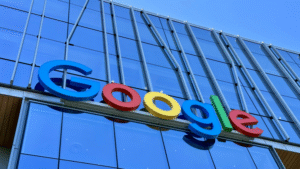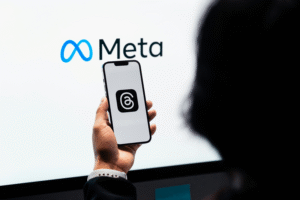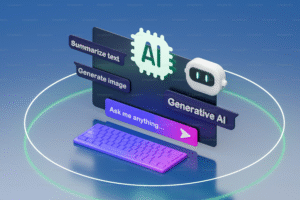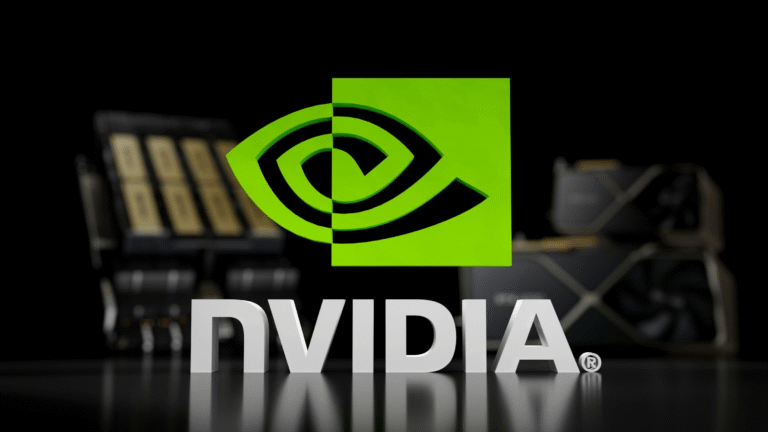The artificial intelligence debate is at a critical juncture and Nvidia is standing right at the centre of the debate this time around as well. Since months, analysts, traders, and business executives have debated whether the whopping boom of AI is a sustainable innovation or a bubble that is about to pop. The stress surrounding Nvidia is almost personal to a viewer of the markets as the company is about to unleash its quarterly earnings. The keyword of Nvidia earnings is used as a shortcut to the future of the AI boom per se.
This is a moment which seems to be a strange familiarity to many. Only three years after the initial launch of ChatGPT, the world felt the tidal wave of enthusiasm and interest that triggered colossal business investments. The companies ran to acquire computing power and create their models of the language, suddenly. The discussions changed to generative AI, automation, and faster computing, and Nvidia emerged as the major vendor to almost all in the competition. The most sophisticated AI systems that have ever been manufactured were trained using its chips. Its president turned out to be one of the household names in the business. The stock had at one time increased by over 1,200 percent within a period of three years. It felt unstoppable.
In the present day, it is a little different. Investors who previously thought that growth would be limitless are starting to wonder how long the expenditure would persist. Other executives have privately opined that part of the current AI expenditure appears to be circular, with certain firms buying AI services of companies that they happen to also be their strategic partner. Money is flowing fast, though not necessarily as transparently and responsibly as in more mature sectors. We should not be afraid that AI is not a possibility, but perhaps the financial framework surrounding it is weak.
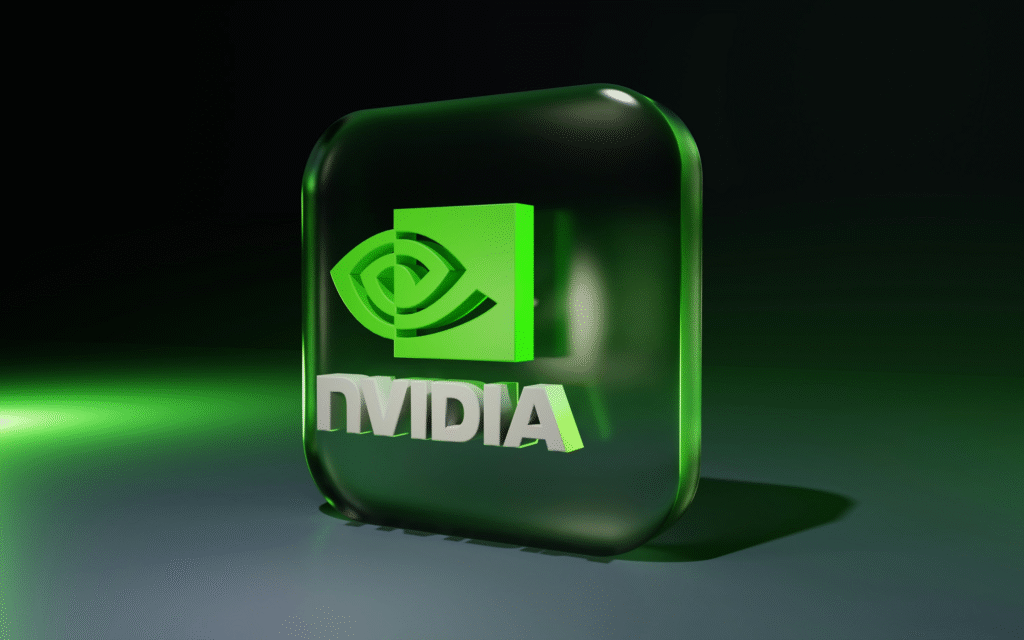
Nvidia income has turned out to be the nearest to an actual barrier when it comes to the business. Analysts predict that the firm will record third-quarter sales of almost 55 billion dollars, which is an impressive 56 percent growth. Such a growth would not be heard of in a majority of industries, but it has become the norm at Nvidia. The investors do not intervene in the numbers alone but in what they say about the demand, price and the upcoming expenditure. Nvidia making any signs of slight decrease in chip orders could be taken by the market as the affirmation that the AI wave is cresting.
The tension is already apparent. Nvidia shares have already decreased close to eight percent in November and this has provided concerned investors with a motive to exercise caution. Some of the major players have already moved out of their jobs. The hedge fund of Peter Thiel entirely divested his interest in Nvidia in the third quarter. Masayoshi Son sold his shares as well but redirected that capital to an enormous investment in OpenAI rather than quitting the industry. Their judgments were fueling fears of a slowing down of the bull run.
But there is a skeptic to every one, who says to him, this is only the first thing. The Nvidia chips are out of tremendous demand. Such companies as Microsoft, Amazon, and Google keep investing billions into AI data centers. Even the medium sized companies are purchasing more computing power than ever before. The products of Nvidia are core to the industry that the shortages and delays have become standard in conducting business. One of the top investment officers remarked what many individuals would very silently concur to: Each passing quarter, Nvidia profits grow in importance as a source of exposition on where AI is going and how much it is being spent. He is not exaggerating. Nvidia speaks and the entire industry listens.
Meanwhile, issues of profitability are growing stronger. The complexity of scaling up production is putting pressure on the margin of Nvidia. It now produces some of the most sophisticated chips in history that have been produced across supply chains spanning over several countries. Each extra complication is costly. Some of the analysts feel that demand is high but earnings might not be increasing at an equivalent speed as the revenue in the short-term.
Geopolitics is another significant aspect. The limitations on the sale of high-end chips to China shifted the strategy of Nvidia products. Although the company is still making good sales in areas beyond China, the ambiguity surrounding regulations in the future complicates future projections. Investors do not only desire transparency with the demand but with the sustainability and the China narrative is unclear.
Nevertheless, the position is not the same to many individuals who operate within the industry. AI is not just a fad, but the next huge technological infrastructure to them. They cite historic times when humanity never believed in the internet, mobile phones or cloud computing. The scepticism had disappeared every time with actual applications in the real world. According to them AI has already demonstrated its ability in medicine, design, drug discovery, autonomous vehicles and predictive analytics. Provided that it is the case, such chips such as those produced by Nvidia will become even more necessary.
It is also somehow human to watch Nvidia rise. Even individuals who have never visited financial markets know about the name. Once a technology has become a subject of discussion in the home and a cause of financial strain, it has an impact on emotions. Other investors privately admit that they are confused. They are afraid that the stock can crash, yet they are even scared of losing another wave of wall-to-wall growth. The market is acting as one who is looking at the edge of a cliff and they can not tell whether it will offer them a spectacular view of the world or a sharp fall.
The fact remains that not even one earnings report will respond to the question of the bubble in full. In case Nvidia turns out to be better than expected, the market will celebrate but remain skeptical about whether spending can be maintained. When it underperforms, pessimists will declare it as evidence of an AI fix, despite the long-term narrative being in place. At this point, Nvidia profits are a reflection. In it people perceive what they fear or desire.


